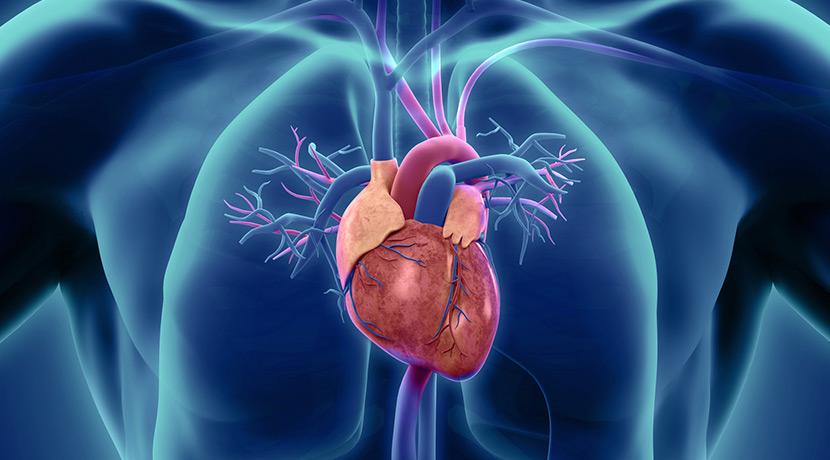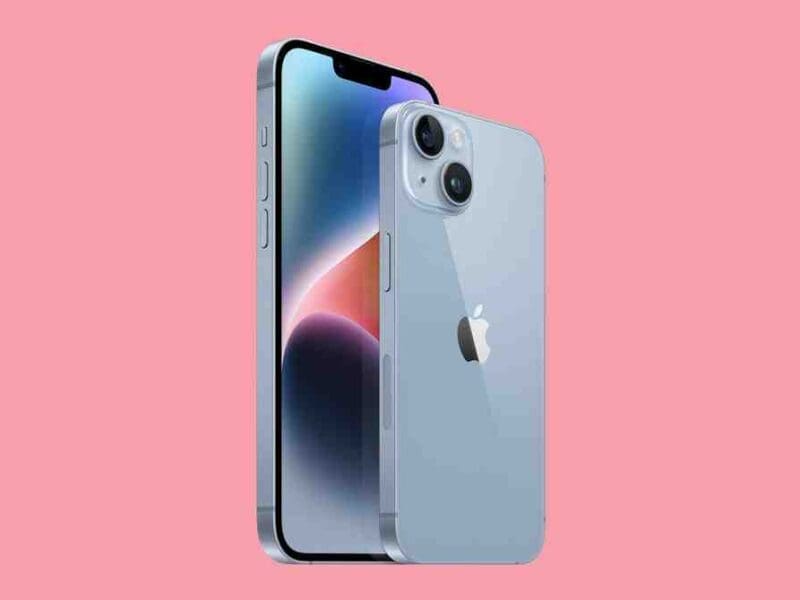
How is Technology Changing the Diagnosis and Treatment of Heart Disease?
Heart disease is also prominently known as coronary artery disease, and it remains one of the significant causes of death globally. But you do not need to stress even if you are dealing with coronary artery disease as there are several advancements in technology that make it very easy to treat it. Technology plays a crucial role in changing the landscape of coronary artery t disease treatment.
Advancement in imaging
imagining techniques have changed to a great extent, and the diagnosis and management of coronary artery disease have also changed. With the development of the latest imaging modalities like computed tomography, magnetic resonance imaging, and echocardiography, cardiologists can now get detailed images of your heart structure and function that make it very easy for them to diagnose it accurately. For example, for coronary artery disease, coronary ct angiography.
This will provide detailed information about the presence of blockages in your artery. It is one of the most essential tools in diagnosing coronary artery disease allowing doctors to detect and intervene in the condition early. Furthermore, 3D echocardiography has revolutionized the assessment of heart function, and it provides a detailed and real-time image of your heart structure and function. It improves the accuracy of diagnosing conditions like heart failure and coronary artery disease. So, if you are dealing with the cardiovascular disease, you must connect with your doctor’s time.
Advancement in the variable devices
Variable devices have become pretty prominent and are changing the way heart ailments like cardiovascular disease are diagnosed and managed. Wear these devices like smartphones, fitness trackers, and heart rate monitors to constantly monitor different parameters related to your heart health. It is straightforward to diagnose cardiovascular disease with varying parameters like heart rate, blood pressure activity level, and sleep patterns.
The devices provide real-time information that can be used for early detection of coronary artery disease or cardiovascular disease. Doctors can also monitor heart conditions and track the effectiveness of heart health.
For instance, you can wear devices that provide real-time information, and they can be used for early detection of heart disease, and you can also monitor the conditions of coronary artery disease. For instance, wearable devices can detect abnormal heart rhythms like atrial fibrillation, which is a common risk factor for heart disease. Early detection can help in timely medical intervention, and also you can prevent serious complications. If you are having any heart problems, you should consider visiting the doctor in time. Heart health can be protected if you wear wearable devices as they help you in promoting a healthy lifestyle and encourage you to engage in regular physical activity, which is important for your heart health. They can also provide customized feedback and reminders to maintain healthy behaviors like regular exercise, a healthy diet, and enough sleep while reducing the risk of heart disease.
Advancements in telemedicine
Telemedicine has also changed the way heart disease is diagnosed and managed. Telemedicine is very important in remote or underserved areas. If you are living in a remote location and dealing with heart disease, then you can go for telemedicine. Telemedicine is all about telecommunication technologies to provide healthcare services remotely, like consultation diagnosis and the treatment of heart health. Telemedicine has made healthcare more accessible and convenient for different patients, especially those who have limited access to specialized cardiac care for heart problems. Patients can receive remote consultations with cardiologists, undergo remote monitoring of heart problems and receive the timely intervention or the need for physical travel for their heart health.
Additionally, telemedicine has also enabled people to detect changes in their heart health in time. For instance, remote monitoring of implanted devices like pacemakers can detect abnormal heart rhythms or device malfunctions without having to travel to get treatment for heart problems.
Advancements in robotic-assisted surgery
Robotic-assisted surgery has transformed the cardiology field, allowing you to go for less invasive and more precise procedures for cardiovascular disease. Whether you are dealing with heart problems or any other issue with your heart health, you can go for advanced robotic-assisted surgery. In cardiac surgery, robotic-assisted systems will use procedures like coronary artery bypass surgery, and they provide several advantages. There will be minimum blood loss and shorter hospital stays. There will also be a quick recovery when you move for this surgery for your heart health.
One of the significant advancements in robotic-assisted surgery is that it uses telerobotics that allows surgeons to perform the surgeries remotely. It means that the surgeons can control the robotic system from a remote location allowing you to get specialized care.
Furthermore, robotic-assisted surgery also has the potential to remove patient outcomes by minimizing the risk of complications. The robotic systems provide a 3D high-definition view of your surgical site allowing for better visualization and precise movements.
Wrap up
Technology has completely changed the diagnosis and treatment of heart disease. Advancements in variable devices and robotic-assisted surgery, besides personalized medicine, have transformed the way coronary artery disease is diagnosed, managed or even treated. Telemedicine has made it very easy for people to get timely treatment, especially in remote or underserved areas.







